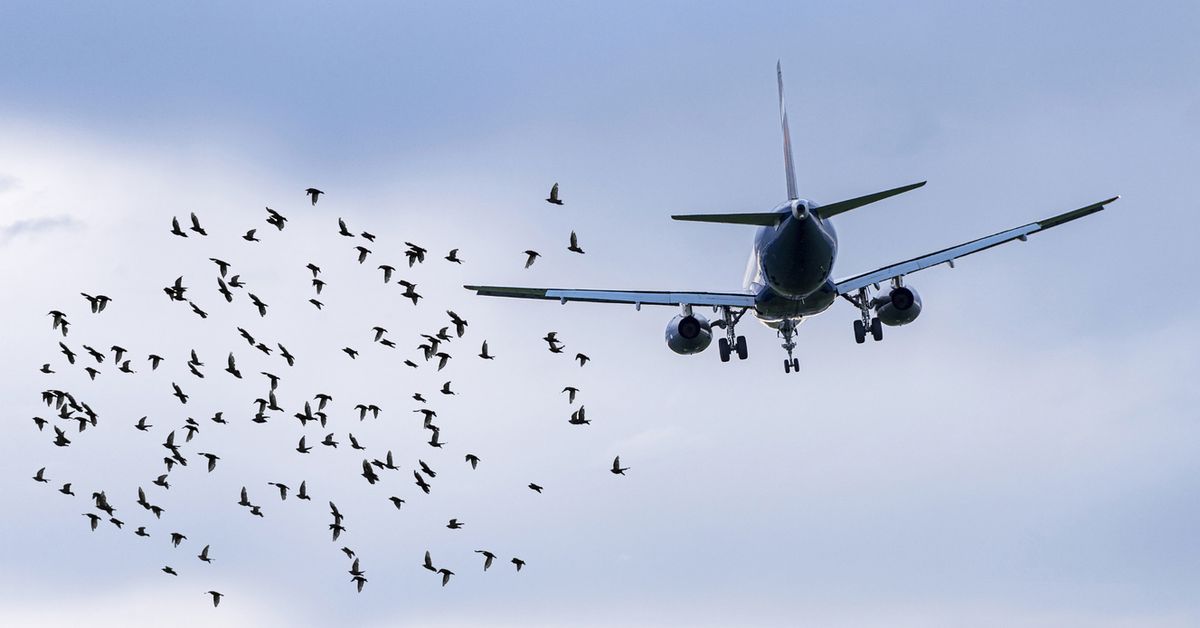A bird strike was believed to be responsible for flames erupting from a Virgin Australia plane engine on Monday night. En route to Melbourne, passenger Janina Faulkner said shortly after take off from Queenstown she saw flames up to three metres long shooting out from the engine. "There was quite a banging noise, they were having trouble trying to control the plane.
I was a little bit freaking out ...

very scary times, I thought it was over," she told Stuff . Despite the stress it caused those in the air and on the ground, bird strikes are not uncommon for pilots. To put it simply, a bird strike is a collision between an aircraft and, well, a bird or a number of birds.
Civil Aviation Authority of New Zealand (CAA) reported that bird strikes tend to happen between 50 and 800 feet during the takeoff and landing phases of a flight. "Bird encounters at altitude are rare, although, the highest ever recorded bird strike occurred over the West African coast when a jet collided with a bearded vulture at 37,000 feet!" The CAA said turbine-engine aeroplanes are more vulnerable to bird strikes than piston-engine aeroplanes because of the speed and lower noise level. Birds don't get enough warning to get out of the way and when disturbed on the ground they fly up straight into the aircraft's path.
The Australian Aviation Wildlife Hazard Group explained bird strikes happen every day, and occur most commonly at airports (90 per cent according to ICAO), when aircraft are landing, or taking .
















